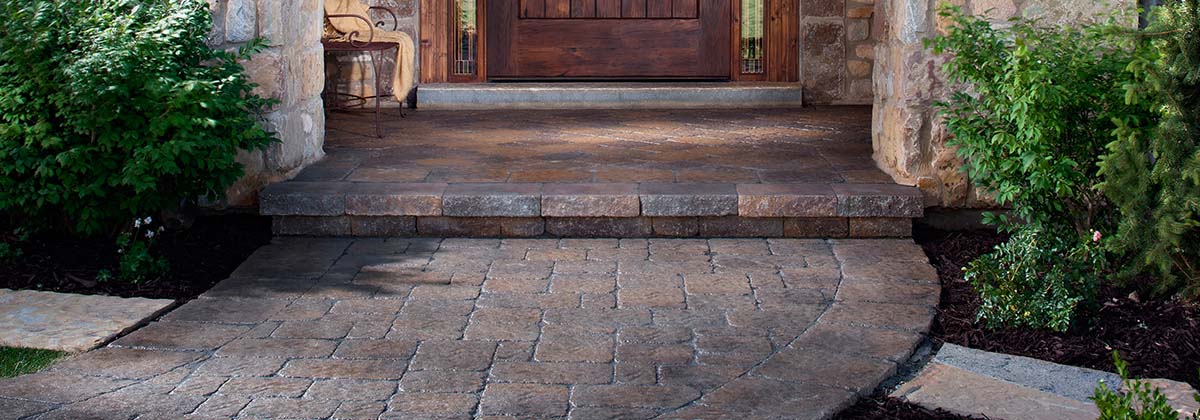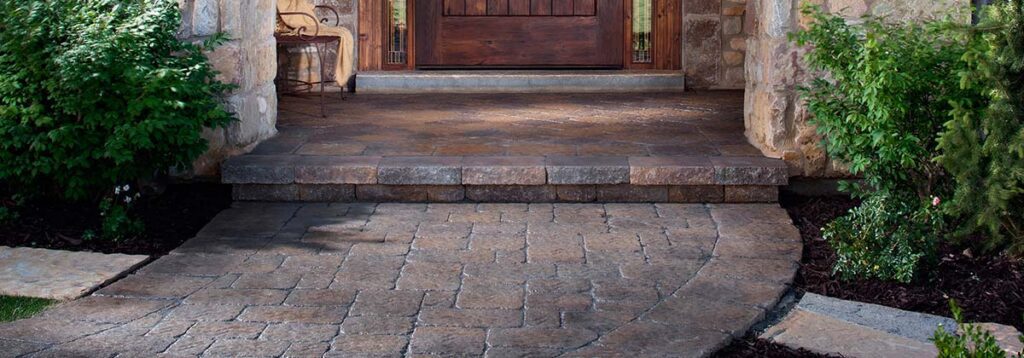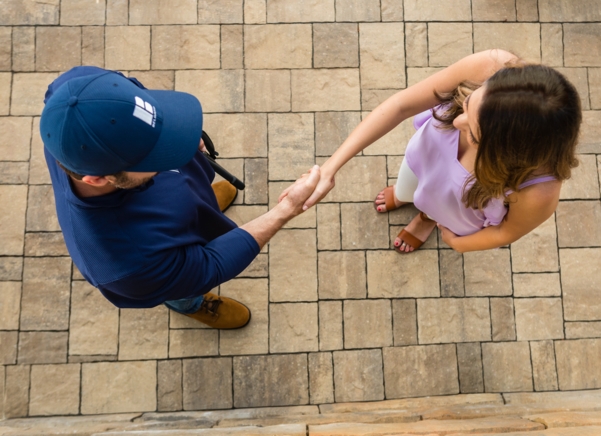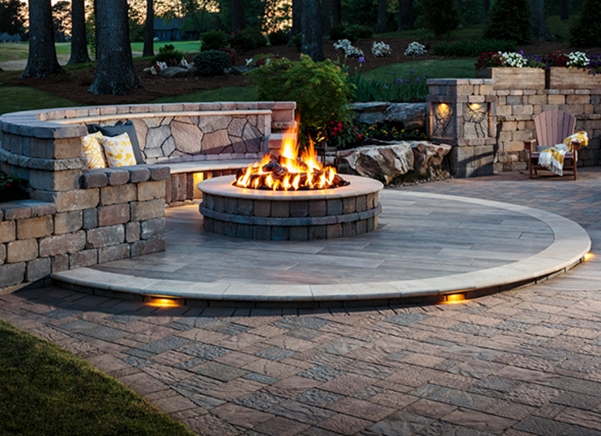
Belgard pavers are designed to last the life of your home. However, like any decorative exterior surface, they are subject to the effects of use, weather and time if not properly maintained. It’s that time of year when patios, walkways and driveways are constantly filled with falling leaves and pine needles — all of which can stain pavers that are not properly sealed.
Even if your pavers were sealed when originally installed, sealant will wear over time. To keep them looking beautiful, it is important to reseal pavers every three to five years. If pavers no longer repel water, or begin to look dull or stained, it’s probably time to clean and reseal them. There are likely a number of contractors in your area who offer this service. To search for a local contractor click here.
For those interested in cleaning and sealing their own pavers, it’s a three-step process.
Step 1: Stain Removal. Remove any stains from the surface using a specialized cleaning product for the particular stain. For example rust, paint, red wine, and grease will each have different chemical properties. Best results will be achieved when using a specialized cleaner for the particular stain. Techniseal offers a high-quality line of concrete paver stain removal products and can be found at various dealers, including Ace Hardware stores.
Step 2: General Surface Cleaning. Once stains have been removed, prep the entire surface to be sealed by removing all efflorescence and ground-in dirt with a paver cleaner. Spray cleaner onto pavers, scrub with a push broom, then rinse with a hose. Allow at least 24 hours for pavers to fully dry.
Step 3: Sealing. Choose between a natural-look, satin-look or wet-look sealant, depending on your preference. Before you begin, make sure that sprinklers are turned off, pavers are completely dry, and rain is not forecast for the next 24 hours. Be sure to read the entire product directions and test a small area first. Also note that it is not advised to seal pavers when sustained temperatures are below 50°F (10°C). If all conditions are favorable, apply the product in small sections at a time. For best results, spray on sealant with a sprayer, then use a roller to evenly coat and remove excess. Most sealants will need a second coat. Drying time will vary.
For more information, watch this video:


